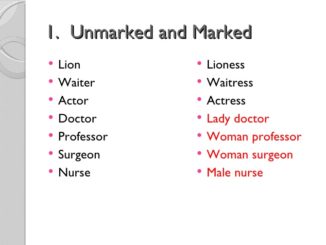
It is suggested that the only way to do business successfully in other cultures is to adapt to those cultures. The phrase “think globally and act locally” is perfectly describes this approach. The main step that an online business usually takes to reach their potential customers in other countries is to provide local language versions of their Web site. This means you will need to translate e-commerce Web site into another regional dialect or language. According to a research, customers are far more likely to purchase products and services from the websites in their own languages. Only about 400 million of the world’s 6 billion people learned English as their native language.
Researchers also analyses that only fifty percent of the content available on the Internet is in English and more than half of current Internet users do not read English. International Data Corporation predicts that by 2010, more than 80 percent of Internet users will be outside the United States, and 65 percent of electronic commerce transactions will involve at least one party located outside the United States.
Even many languages require separate dialects and multiple translations. For instance, Spanish languages spoken in Mexico, Spain and Latin America have different dialects. So, it is important to check and translates the differences between the spellings and word meanings. Usually, many companies translate their website pages. When the web company grows larger, they become more selective in their translation efforts. Some e-commerce websites have thousands of webpages with much targeted content; the web businesses operating those sites can discover the cost of translating all pages to be expensive.
The decision whether to translate a specific webpage should be made by the corporate department responsible for each page’s content. Remember, that the home page of an e-commerce website should have versions in all supported dialects and languages. E-commerce website pages designed for product information, marketing and brand establishment should be given high priority of translation.
Different approaches can be appropriate for translating the different types of text that appear on an electronic commerce site. For key advertising messages, the touch of a human translator can be crucial to capture subtle meanings. For more routine transaction-processing tasks, automated software translation may be a satisfactory alternative. Many of the companies in this field are working to improve software and databases of previously translated material that can help human translators work more accurately and efficiently. The translation services and software manufacturers that work with electronic commerce sites do not generally use the term “translation” to describe what they do.
Proudly WWW.PONIREVO.COM
Source by James Corr



